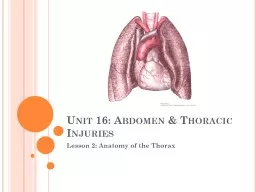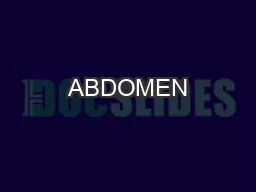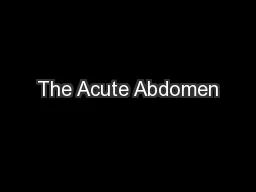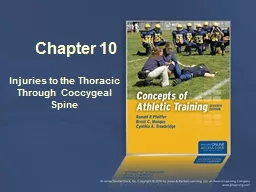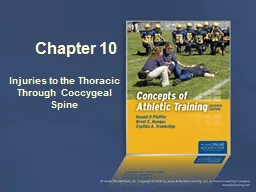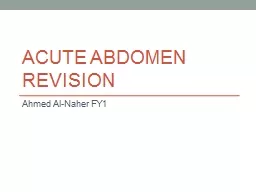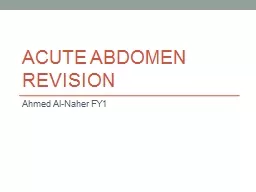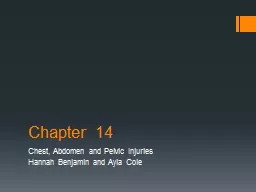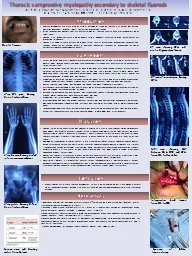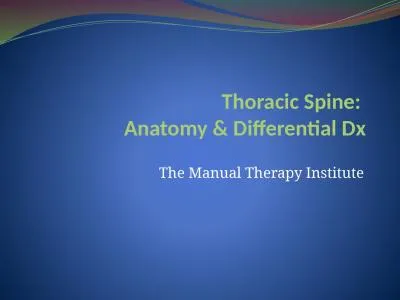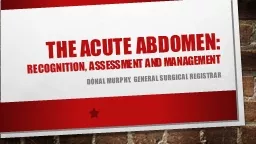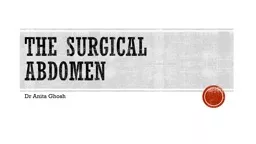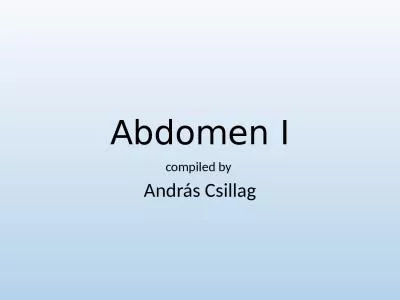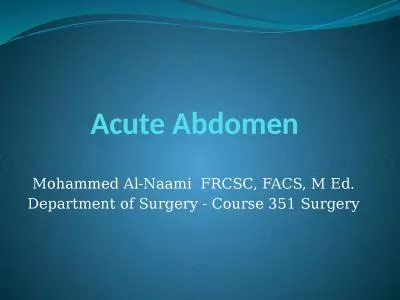PPT-Unit 16: Abdomen & Thoracic Injuries
Author : sistertive | Published Date : 2020-06-17
Lesson 2 Anatomy of the Thorax Bell work grab notes and study the functions of the organs Liver Pancreas Small intestine Stomach Spleen Appendix Kidney Large intestine
Presentation Embed Code
Download Presentation
Download Presentation The PPT/PDF document "Unit 16: Abdomen & Thoracic Injuries" is the property of its rightful owner. Permission is granted to download and print the materials on this website for personal, non-commercial use only, and to display it on your personal computer provided you do not modify the materials and that you retain all copyright notices contained in the materials. By downloading content from our website, you accept the terms of this agreement.
Unit 16: Abdomen & Thoracic Injuries: Transcript
Download Rules Of Document
"Unit 16: Abdomen & Thoracic Injuries"The content belongs to its owner. You may download and print it for personal use, without modification, and keep all copyright notices. By downloading, you agree to these terms.
Related Documents

